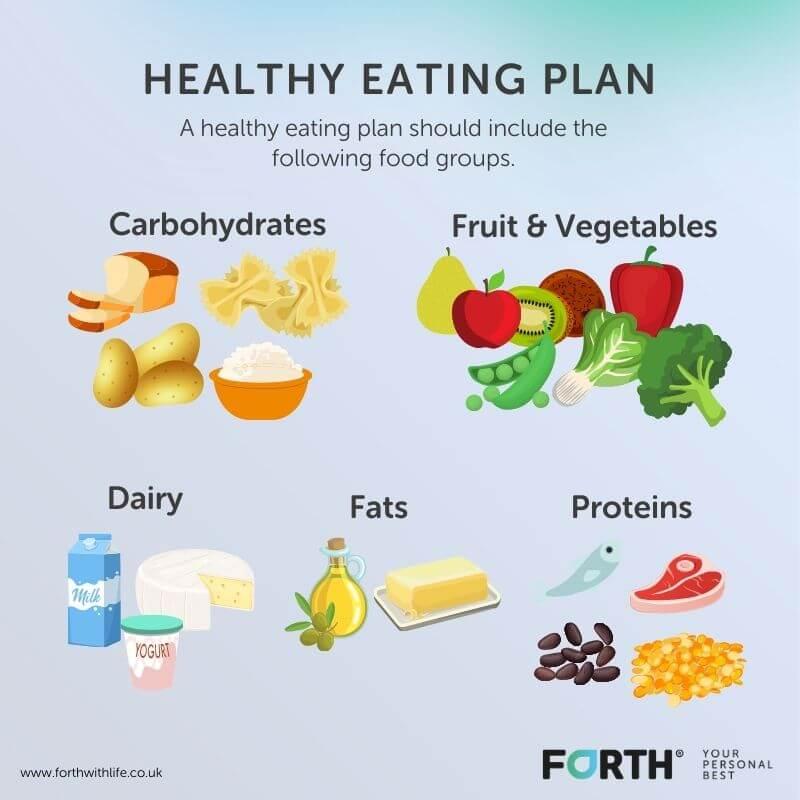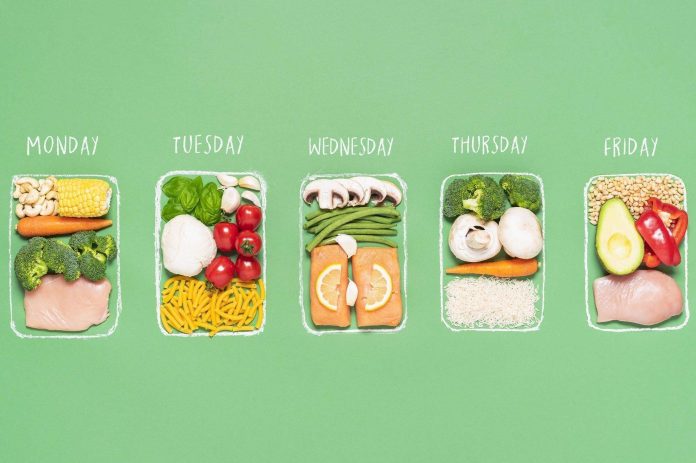In the bustling tapestry of modern life, where every moment is woven with commitments and chaos, achieving long-term weight loss success often feels like chasing a mirage. Yet, nestled within this whirlwind lies a powerful ally—meal planning. Imagine a world where every meal is a stepping stone toward your health goals, a world where your kitchen transforms into a sanctuary of nourishment and intention. This article invites you to embark on a journey of culinary creativity and mindful preparation, guiding you to craft a personalized roadmap to sustainable weight loss. With optimism as your compass and meal planning as your guide, discover how to transform daily eating habits into a symphony of success that resonates for a lifetime.
Crafting a Vision: Setting Realistic Goals for Lasting Change
Envisioning a healthier future starts with crafting a clear path to your destination. Begin by establishing realistic and achievable goals that not only align with your lifestyle but also inspire you to stay committed. Rather than aiming for drastic changes, focus on creating sustainable habits. Here’s how you can set yourself up for success:
- Start Small: Instead of overhauling your entire diet, introduce gradual changes. For example, aim to incorporate an additional serving of vegetables into your meals each week.
- Be Specific: Clearly define your goals. Rather than saying “I want to eat healthier,” specify actions like “I will prepare a balanced meal plan every Sunday.”
- Track Progress: Regularly monitor your progress to stay motivated. Use a journal or an app to note your achievements and areas for improvement.
- Celebrate Milestones: Reward yourself for reaching short-term goals. This could be as simple as enjoying a favorite activity or indulging in a small treat.
By setting a realistic vision for your weight loss journey, you can transform your meal planning into a powerful tool for lasting change, paving the way to a healthier, happier you.

The Art of Balance: Designing Nutritious and Satisfying Menus
Crafting a menu that is both nutritious and satisfying is akin to painting a masterpiece—each ingredient is a stroke on the canvas of your well-being. The secret lies in the symphony of flavors and nutrients that not only fuel your body but also delight your senses. To achieve this, consider incorporating a variety of food groups in your meals. Whole grains, lean proteins, healthy fats, and an abundance of fruits and vegetables should be the stars of your plate. This diversity ensures a balanced intake of essential nutrients while keeping your palate intrigued.
Remember, the journey to long-term weight loss is not a sprint but a marathon. By embracing the art of balance in your meal planning, you not only nurture your body but also cultivate a sustainable lifestyle filled with joy and wellness.
Grocery Shopping Like a Pro: Building a Pantry for Success
Transforming your pantry into a treasure trove of nutritious options is key to mastering the art of meal planning for long-term weight loss. Start by stocking up on versatile, healthy staples that can be used in multiple dishes. Consider these essentials:
- Whole grains: Brown rice, quinoa, and oats offer fiber and nutrients to keep you full longer.
- Legumes: Lentils and beans are protein-rich, plant-based powerhouses perfect for soups and salads.
- Spices and herbs: Flavor without the calories—think cumin, turmeric, and basil to elevate any dish.
- Healthy oils: Olive and avocado oils are great for cooking and dressings.
- Nut butters: Almond and peanut butter provide healthy fats and protein, ideal for snacks or smoothies.
By focusing on these fundamental ingredients, you’ll lay the groundwork for a successful meal plan that supports your weight loss goals. The key is variety and creativity, ensuring that your meals are not only nutritious but also delicious and satisfying.
Embracing Flexibility: Adapting Plans to Fit Your Lifestyle
Achieving long-term weight loss success doesn’t mean sticking to a rigid meal plan that feels more like a punishment than a lifestyle change. Instead, think of meal planning as a dynamic framework that evolves with your needs and preferences. Embrace flexibility by allowing yourself the freedom to adjust your meals based on your weekly schedule, seasonal produce, and even your mood. This adaptability not only keeps your diet exciting but also ensures that you stay committed to your goals.
- Mix and Match: Create a base of staple meals that you enjoy and are easy to prepare. Then, mix and match ingredients or spices to keep things fresh and exciting.
- Plan for Variability: Have a backup plan for days when your schedule goes awry. Keep healthy frozen meals or quick recipes on hand for those unpredictable moments.
- Listen to Your Body: Allow yourself to modify your plan based on how your body feels. Some days you might need more energy, while others may require lighter meals.
By weaving flexibility into your meal planning, you create a sustainable path that not only aligns with your weight loss goals but also enriches your lifestyle. Remember, the best meal plan is one that fits seamlessly into your life, not the other way around.



